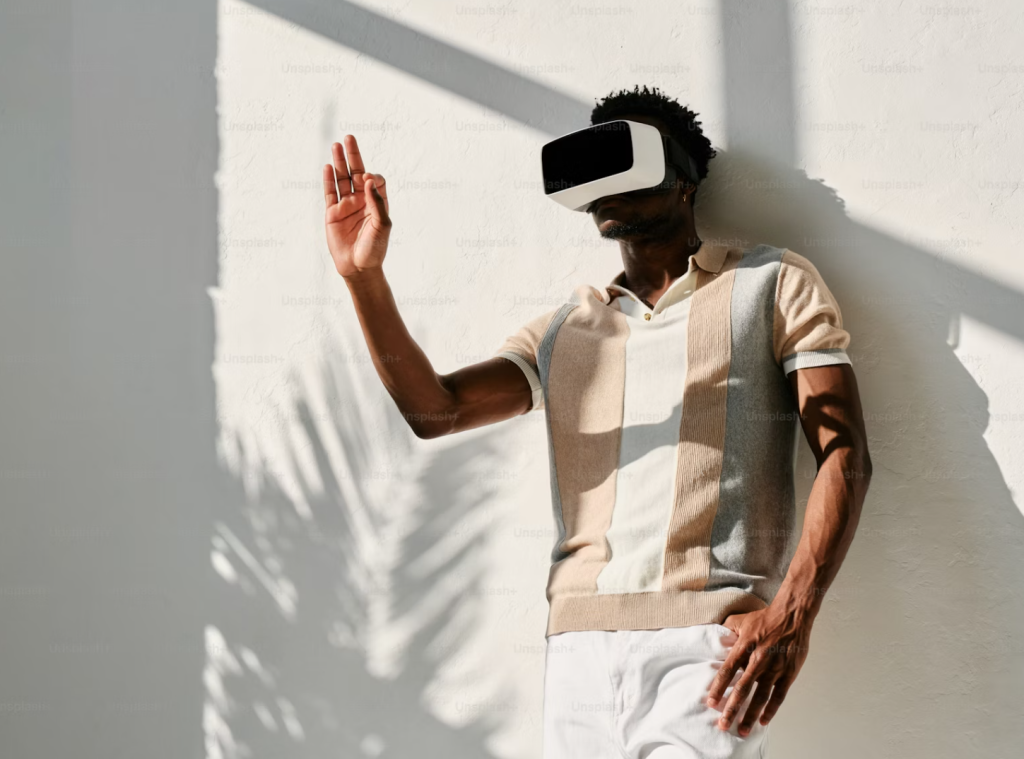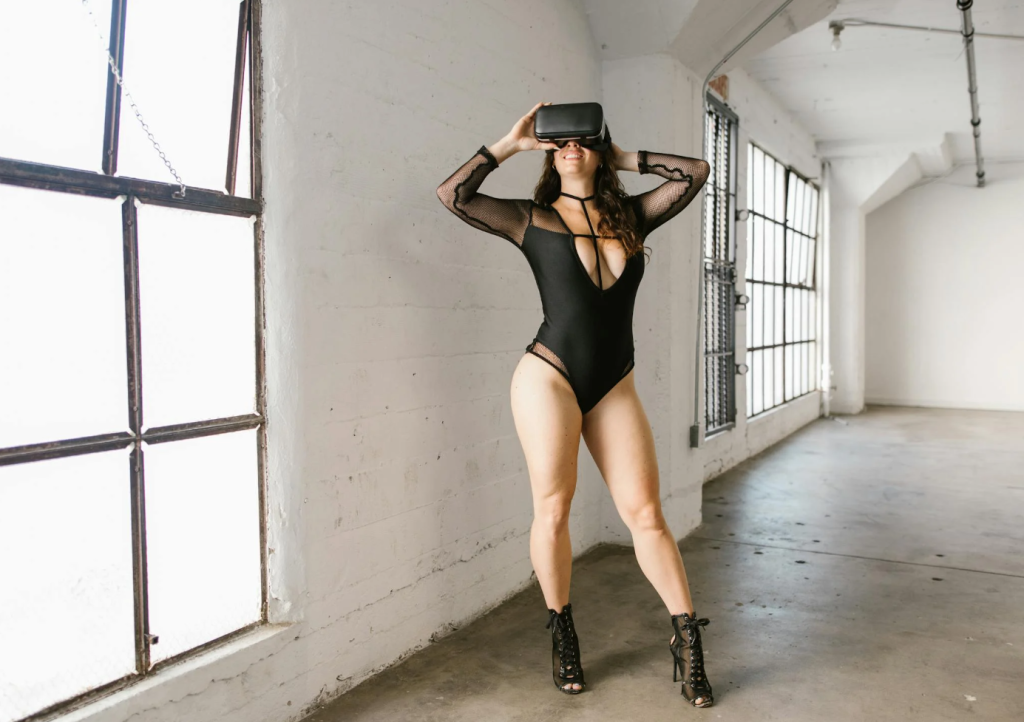Introduction: The Intersection of Technology and Fashion
2025 marks a revolutionary era where technology doesn’t just support fashion—it drives it. Artificial Intelligence (AI) is no longer a futuristic concept; it’s actively reshaping design, shopping, personalization, and even sustainability in the fashion industry. From predicting the next big trend to creating fully customized outfits, AI is bridging creativity and precision like never before.
The Rise of AI in the Fashion Industry
AI-Driven Design and Trend Forecasting
Designers now leverage AI algorithms to analyze vast datasets—from social media posts to runway photos—to forecast trends with unprecedented accuracy. This allows brands to anticipate consumer demand and tailor their collections before a trend even peaks.
Customization and Personalization at Scale
AI enables mass customization. Algorithms can recommend cuts, fabrics, and colors tailored to individual preferences, ensuring that every piece feels uniquely yours while still being produced efficiently.
Reducing Waste and Promoting Sustainability
With AI predicting which products will sell, brands can manufacture smarter, reducing overproduction and excess inventory. This data-driven approach is essential in the ongoing push toward sustainable fashion.

AI-Powered Shopping Experiences
Virtual Try-Ons and Augmented Reality
AI-driven AR apps allow consumers to try clothes virtually. No more guessing sizes or colors—these tools provide realistic visualizations, making online shopping more accurate and engaging.
Smart Recommendations and Style Assistants
AI fashion assistants suggest outfits based on body type, past purchases, and even upcoming events. Imagine a digital stylist available 24/7, capable of curating looks that reflect your personal style.
Data-Driven Consumer Insights
Retailers gather insights on buying habits, trends, and preferences. AI interprets this data to optimize inventory, marketing, and product development, creating a seamless and highly personalized shopping experience.
Smart Fabrics and Wearable Technology
Clothing That Adapts to Environment
Smart fabrics can regulate temperature, repel water, or adjust elasticity depending on conditions. This combination of style and functionality elevates everyday fashion.
Health and Fitness Monitoring Features
From embedded sensors tracking posture to fabrics measuring heart rate, wearable technology integrates wellness into wardrobe choices. Fashion and health converge for a smarter lifestyle.

Integration of IoT and Fashion
The Internet of Things (IoT) allows connected garments to communicate with apps, wearables, and even home devices. Imagine a jacket that adjusts warmth based on your schedule and location.
AI in Beauty and Cosmetics
Personalized Skincare Solutions
AI apps analyze skin type, environment, and lifestyle to recommend skincare routines and products optimized for your unique needs.
AI-Powered Makeup Try-Ons
Virtual mirrors and AI tools allow you to test makeup shades and textures instantly, helping you find the perfect look without wasting products.
Predicting Consumer Preferences
By analyzing trends and personal data, AI can forecast beauty demands, allowing brands to launch products that resonate instantly with their target audience.
Influencer Marketing and AI Analytics
Predicting Trendsetters and Viral Styles
AI identifies micro-influencers who are likely to spark viral trends, allowing brands to collaborate more strategically.
Optimizing Campaigns Through AI Insights
Marketing campaigns benefit from AI by understanding engagement metrics, sentiment analysis, and consumer behavior in real time.
Enhancing Engagement and ROI
Brands see measurable returns on influencer campaigns as AI aligns content with audience interests and shopping behaviors.

Ethical Considerations in AI Fashion
Privacy and Data Security
With AI relying on vast consumer data, protecting privacy is crucial. Fashion brands must ensure secure handling and transparency.
Algorithmic Bias and Fairness
AI systems can reflect biases if not properly calibrated. Inclusive datasets and careful algorithm design are essential to avoid unfair trends or recommendations.
Transparency in AI Recommendations
Consumers appreciate understanding why an AI suggests certain styles. Transparency builds trust and brand loyalty.
Case Studies: Brands Leading AI Innovation
High-Fashion Designers Using AI
Luxury houses experiment with AI in runway collections, from predicting color palettes to digital fashion shows tailored to global audiences.
Mass-Market Retailers Adopting AI
Retail chains integrate AI for smart inventory, online personalization, and efficient logistics, bridging affordability with technology.
Startups Disrupting Traditional Fashion
New AI-powered startups focus on personalized styling, virtual fittings, and sustainable production methods, challenging conventional retail models.
Future of AI in Fashion: Predictions for 2025 and Beyond
Fully Automated Wardrobe Planning
Imagine an AI app curating your entire wardrobe, suggesting daily outfits, and even automating purchases for missing essentials.
Real-Time Customization and On-Demand Manufacturing
AI enables real-time production based on personal preferences, reducing waste and allowing instant access to new trends.
AI-Enhanced Creative Collaboration
Designers collaborate with AI to generate patterns, prints, and innovative silhouettes, blending human creativity with computational precision.
How Consumers Can Embrace AI in Style
Personalized Fashion Apps
Use AI-driven apps to discover new brands, coordinate outfits, and track your wardrobe, making fashion both fun and efficient.
Smart Shopping Tools
AI chatbots, virtual stylists, and recommendation engines streamline online and offline shopping, offering curated options tailored to you.
Blending AI Recommendations with Personal Taste
While AI suggests options, it’s essential to integrate personal style. Think of AI as an assistant, not a replacement for your taste.
Challenges and Limitations
Technology Adoption Barriers
Not all consumers are comfortable with AI. Education and intuitive interfaces are key to adoption.
Cost and Accessibility
Advanced AI tools can be expensive. Ensuring broader access will determine the technology’s impact on mainstream fashion.
Maintaining Human Creativity
AI is powerful, but the human touch remains essential in creative design and emotional resonance in fashion.
Integrating AI Without Losing Personal Style
Balance technology with individuality. Use AI for efficiency, trend insights, and personalization, but maintain signature pieces and personal flair to stay authentic.
Tips for Fashion Brands Looking to Adopt AI
- Start small with virtual try-ons or recommendation engines.
- Use data ethically and transparently.
- Combine AI insights with designer intuition.
- Focus on sustainability and consumer engagement.
Conclusion: Embrace the Future of Fashion with AI
AI is revolutionizing fashion in 2025, creating smarter shopping experiences, sustainable production, and personalized style. The future blends technology and creativity, giving consumers more choices, convenience, and confidence. Embracing AI thoughtfully allows both brands and individuals to thrive in an ever-evolving style landscape.
FAQs
1. How is AI changing the fashion industry in 2025?
AI enhances design, personalization, trend forecasting, and sustainability, reshaping both high-fashion and mass-market retail.
2. Can AI replace human designers?
No, AI complements human creativity by providing insights, predictions, and efficiency, but human intuition remains crucial.
3. How can consumers use AI for personal style?
Through virtual try-ons, style recommendation apps, and AI-powered wardrobe management tools.
4. What ethical concerns exist with AI in fashion?
Privacy, data security, and algorithmic bias are key concerns that brands must address responsibly.
5. Are AI-powered fashion tools accessible to everyone?
While some advanced tools can be costly, many apps and virtual assistants are increasingly available for mainstream consumers.

